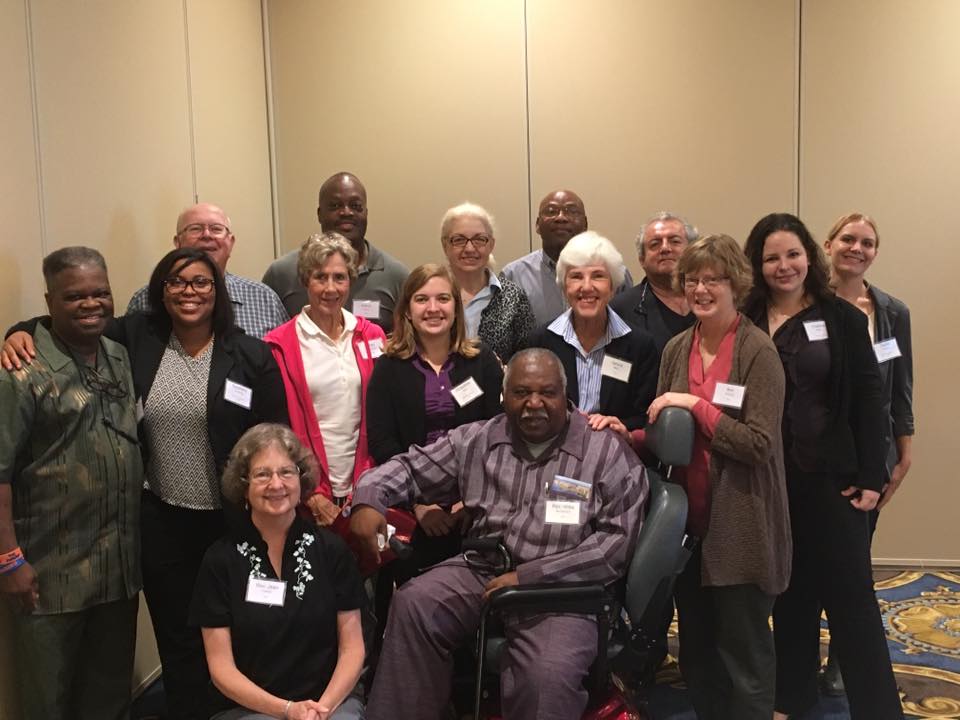By Miguel Octavio, WTSP
A group of faith leaders urged the city of St. Petersburg to plan to add more affordable housing in the next few years.
Faith and Action for Strength Together (FAST) spoke in front of St. Petersburg City Hall demanding Mayor Ken Welch set a goal of creating 5,000 affordable housing units for families making $65,000 or less by the end of 2026.
“Low-income families are being pushed out because they can no longer afford to live where they’ve lived all their lives,” Rev. Robert Ward of Mt. Moriah Missionary Baptist Church said.
The group already said Welch responded to their request but want another answer. Now, they plan to ask the mayor again with the hopes of getting a response before his “City Hall On Tour” stop in June.
The city’s new “Housing Opportunities For All” plan includes the creation and preservation of 3,2000 affordable units, along with programs and other funding incentives.
Welch responded to the group by writing in part he believes the city’s overall goals align with FAST’s mission. He adds moving forward, the city continues to be diligent and driven in its data analysis and deliberate push for funding sources, along with partnerships with developers and stakeholders.
Here’s the full response from the mayor:
As you know, two of the Governing Principles for my administration are Inclusive Progress and Impactful Decision-making that improves the quality of life for all our residents and communities in the City of St. Petersburg. Housing Opportunities for All is one of five Pillars that focus our policies, priorities, and funding, and thus is foundational to everything that we do. Our goal is to provide thousands of units of affordable housing for individuals and families who make our city work.
Our overall goals align with FAST’s mission to protect, uplift, and educate families, especially in the critical area of affordable housing. Our teams have been intentional in the search and analysis for new funding sources for more affordable housing units, and I’m pleased to report that we have been successful with our goal.
Through innovation, partnership, and resource allocation, we have added an additional 1050 affordable housing units to the plan in place before I took office – our new 10-year plan is called the Housing Opportunities for All plan. The new plan increased the projected number of affordable and workforce units preserved, created or supported annually from 675 units to 780 units , an increase of 15.5% from the previous plan.
Moving forward, we continue to be diligent and driven in our data analysis and deliberate push for new, robust (multi-million dollar) funding sources, a critical requirement to further increase the number of affordable housing units in the City of St. Petersburg. Another important key to success revolves around our partnerships with developers and community stakeholders, including FAST, and we look forward to continuing to work together for the benefit of our families and communities in St. Pete.
FAST states it’s hoping under its plan will benefit families making 80 percent of the area median income, while paying more than half of their income for housing expenses.
Neighbors like Phyllis Young, who was born in St. Pete and stayed in the area her entire life, believe more people who helped build the city will be driven out.
Already, she said her daughter had to move in with her two years ago and hasn’t been able to find an affordable space. Other family members have had to move farther away in the area.
“I’m just hoping that the mayor is really listening to what the people are saying,” Young said.
In the past year, the St. Pete City Council voted in favor of new items aimed to add more affordable housing options.
In March, the council approved a measure that allowed some single-family homes to convert into multi-family residences.
Meanwhile, last summer, the council voted to allow more accessory dwelling units, or ADUs. Those are more commonly called “garage apartments” or “mother-in-law suites.”
Some neighbors have spoken out against such measures arguing that increased density adds to traffic, congestion, decrease in property value and change in neighborhood character.
But with a spike in rent and home prices after the start of the COVID-19 pandemic, supporters of the measures believe the changes are necessary.
View the original story here.






